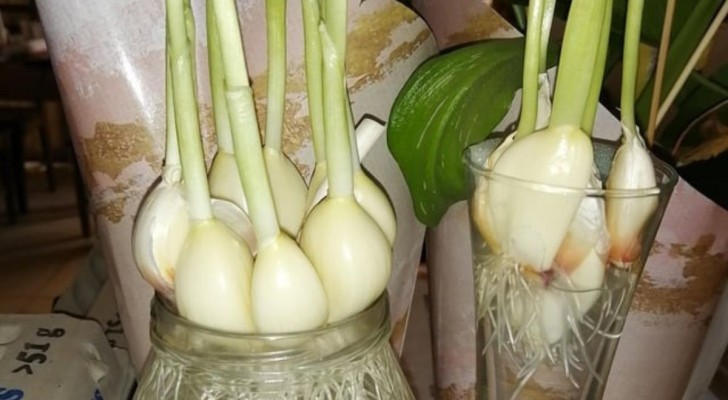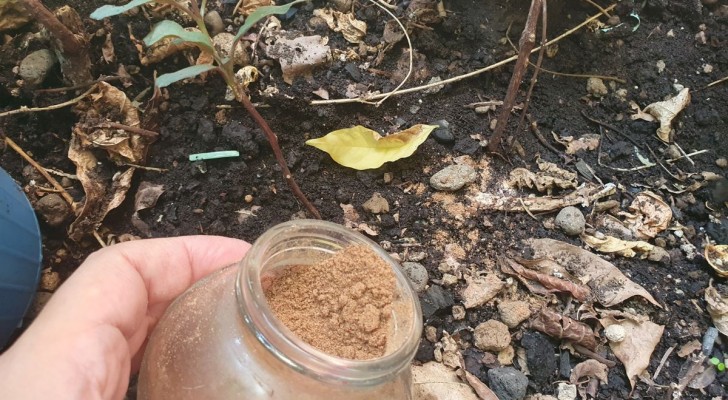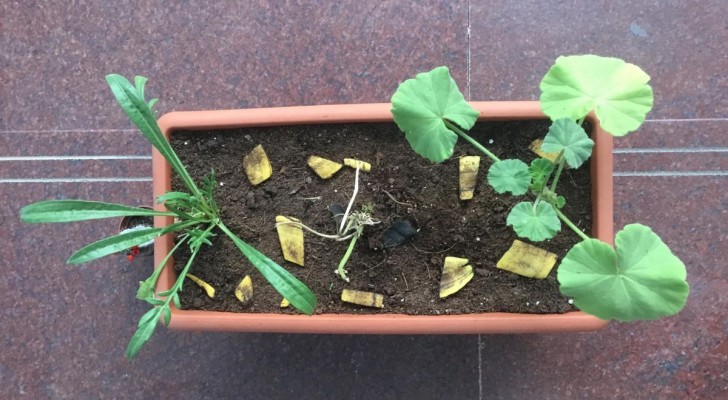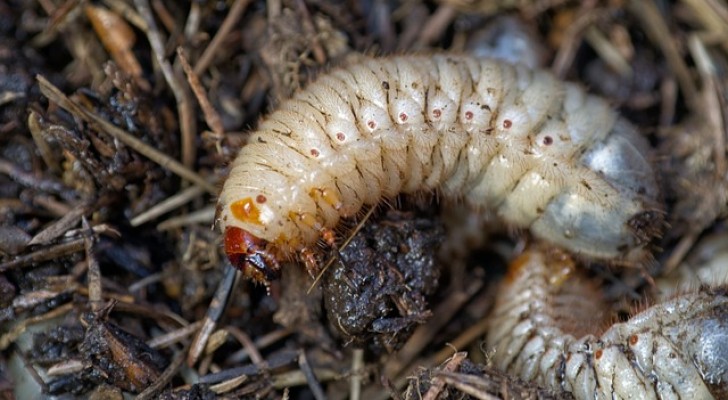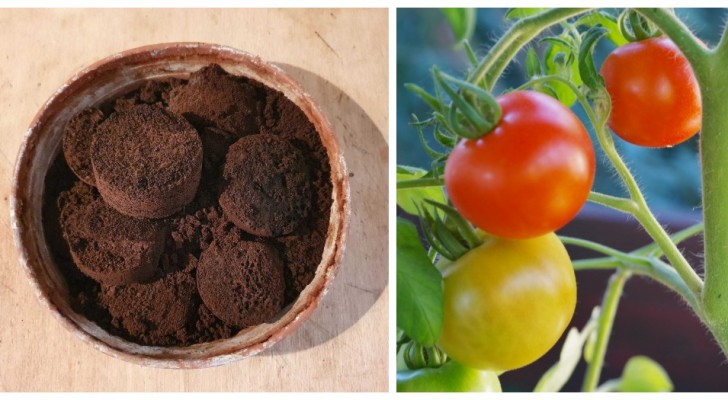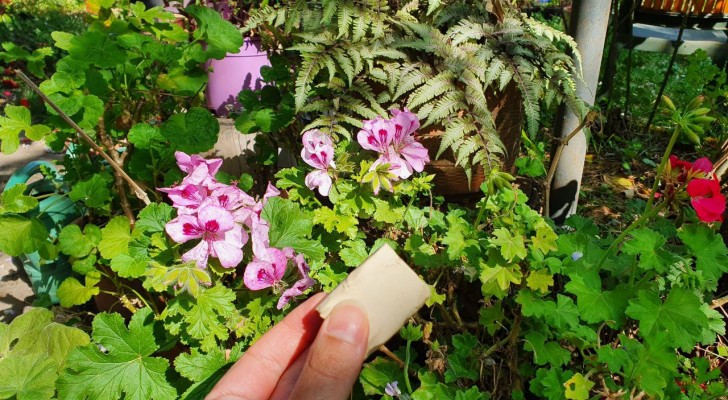Never know when or how to water your pot plants? Try watering them from below
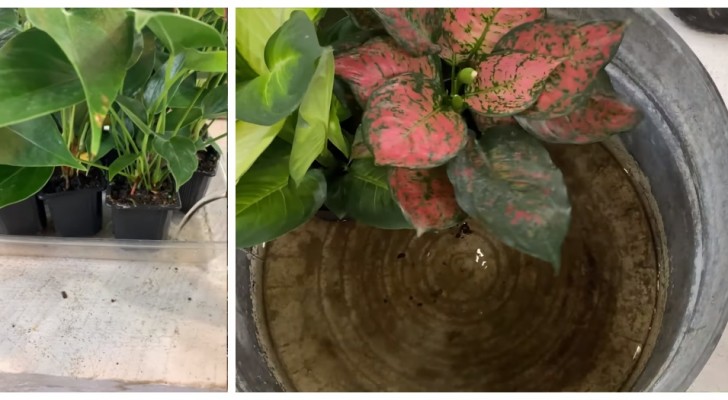
Every time we read instructions on how to water plants, it is very likely that we will find an explicit warning to avoid doing things which will lead to water stagnating: we are, in fact, used to watering plants from the top - that is, putting the water on the top the soil surface (avoiding the leaves), and then letting it soak in to, hopefully, go down in the pot and reach the roots.
Often, however, we do not realize that the soil inside the pots is too compact and dense, and therefore becomes a sponge full of water forms around the roots, which then become saturated and "drown" (or rot). It is from there that this root rot leads to the demise of the plants, with no hope for recovery. The first line of defense is to put in some well-draining and light soil into the pot, but then what?
Those who are experts or have a lot of experience about how much to water, and how often, can avoid the water stagnation problem. But it is possible to prevent disasters without being an expert: in fact, you can water the plants from below, as is done in many nurseries.

Video tutorial via PLANTERINA/YouTube
What do you need?
All you need is a large saucer / water tray for each jar, and in the case of several small jars it is better to use one large saucer in which to put them all together: it can be an old baking tin, a basin, a bucket, etc.
How to use saucers?
The method is easy: fill the saucer with water which the vase is standing in, or pour 3 fingers of water into the container into which you will place several vases together. It is also advisable to avoid using tap water, which often contains a large amount of chlorine. If you can't use rainwater, you can use a mix of half tap water and half distilled water.
Otherwise you can fill the container with tap water and wait 24 hours before putting the plants into it: this is the time it takes for the chlorine to disappear.
Leave the pots in the saucer for about ten minutes, and if you don't feel moisture in the soil (by sticking a finger into the soil) at a depth of about 10cm (4 inches), leave it for another 10 minutes. In any case, after a maximum of half an hour, it is advisable to drain off the excess water.
How often to water?
Insert a finger between the soil in the pot and the wall of the pot itself: if you do not feel any humidity at a few centimeters deep, you should water the plant (from the bottom, of course).
Why does it work and what are the benefits?
If you think about it, plants in their natural habitat do not have stagnant water around their roots: the water in their natural environment continues to drain off deeper and deeper and moves away from the roots. In this way, there is no risk of their roots becoming saturated and water-logged. In addition, the roots are stimulated to seek water from below, so they grow deeper and stronger.
You can find out more about this method by watching this video.
